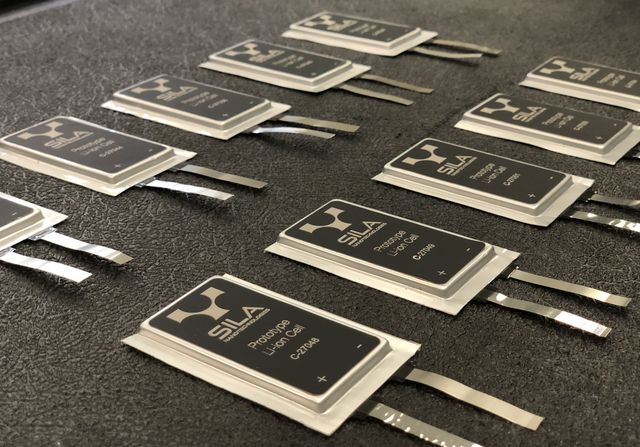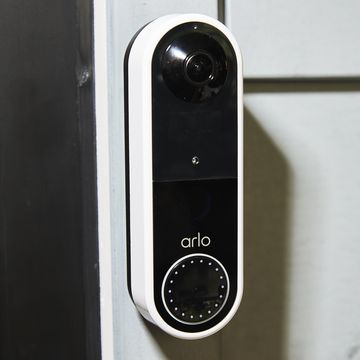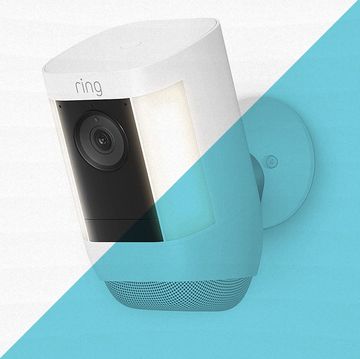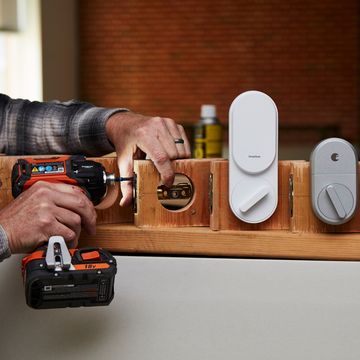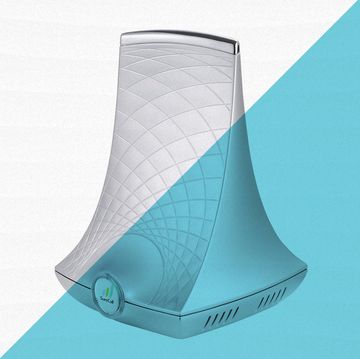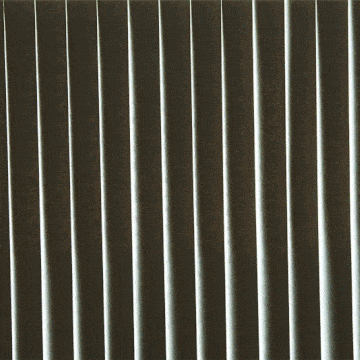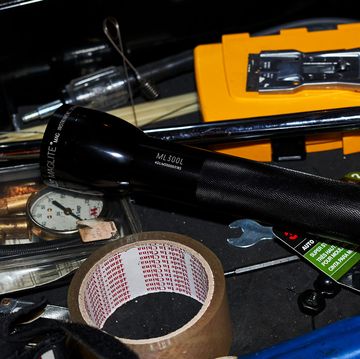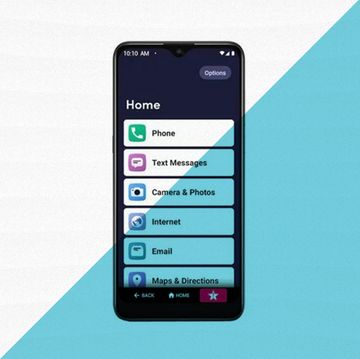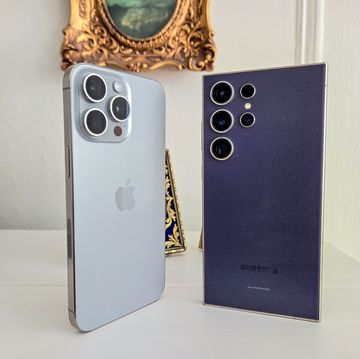Lithium batteries are about to get a whole lot more powerful. Or cheaper, smaller, and maybe quicker to charge—take your pick. Next year, a company called Sila Nanotechnologies is rolling out its new silicon anode batteries, which replace the graphite in today’s batteries with precisely engineered (and tiny) silicon particles.
Gene Berdichevsky, Sila CEO, has been working on this project for a long time. The seventh employee at Tesla, Berdichevsky worked on the original Roadster battery but since then, he’s kept a low profile. “This company had no web site and was stealth for six or seven years, because we didn’t want to say we could make something when we couldn’t,” Berdichevsky says. “But now we’re at the point where we’re going to be in millions of devices next year.”
What those devices are, exactly, he can’t yet reveal. But consumer electronics are the first target for what Sila says will be a 20 percent boost in energy density, relative to the best batteries we have now. “The reason [we're starting there] is that the battery in those devices takes up a huge amount of space and limits other features you can put in. Plus, you need to produce a dramatically larger amount of material for cars, so we need to ramp up to that.” But cars are on the agenda, as Sila has a deal with BMW that both parties hope will put the new batteries on the road by 2023.
How does it work? Well, from a production standpoint, battery manufacturers are just swapping in Sila’s silicon for the graphite they’re using now. Silicon can store a lot more lithium than graphite—hence more energy stored for a given weight and volume—but it also swells a lot. Like, 300 percent, which can cause the silicon to break apart. (And it wouldn’t be too practical if your Apple Watch was the size of an actual apple every time you charged it.) Sila engineered its micron-scale particles so that the swelling happens inside the particle structure, with very little external change.
Practical result: more storage, so your Tesla Model S with 335 miles of range could go 402 miles with the same size battery pack. Or, perhaps more importantly, you could keep range where it is, but with a battery that’s 20 percent smaller, lighter and cheaper. To really mainstream EVs, that’s where the action is. And while it’s taken years to get to the point where we can make a 20 percent leap based on chemistry, the battery industry is really still in its infancy. “We’re in inning two of electrification,” Berdichevsky says. “There’s a whole lot of progress still to come.”
Ezra Dyer is a Car and Driver senior editor and columnist. He's now based in North Carolina but still remembers how to turn right. He owns a 2009 GEM e4 and once drove 206 mph. Those facts are mutually exclusive.
